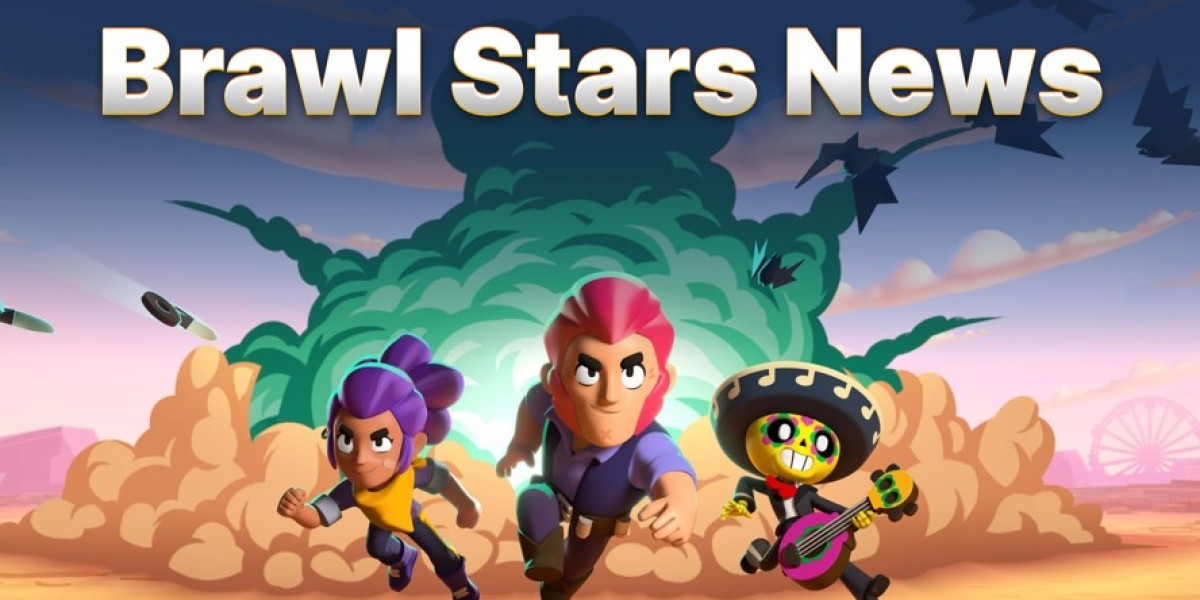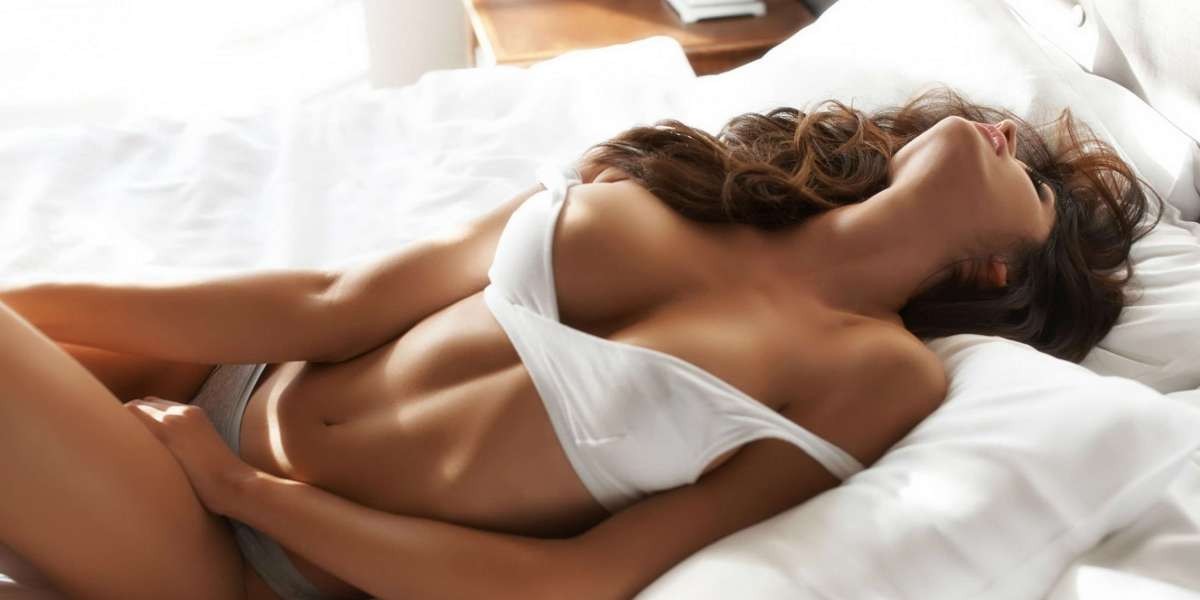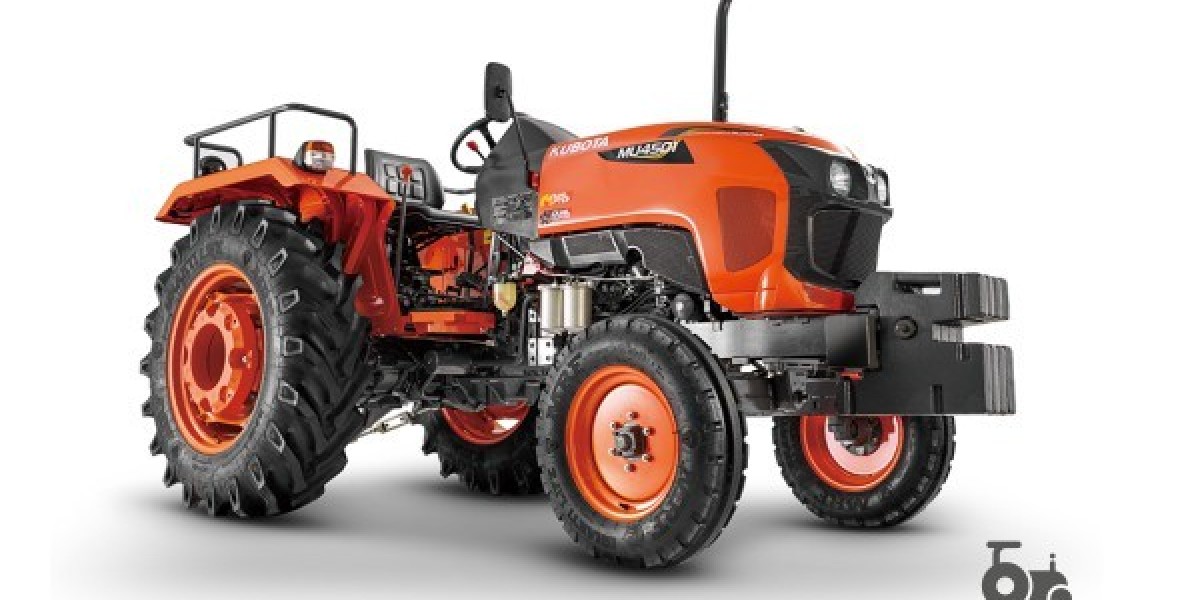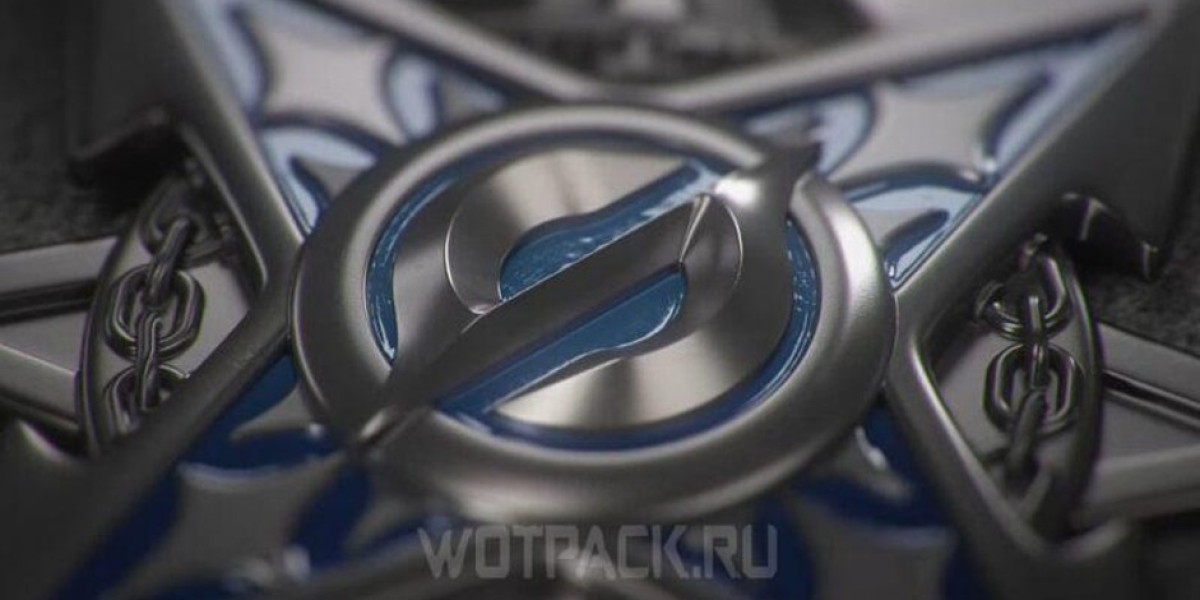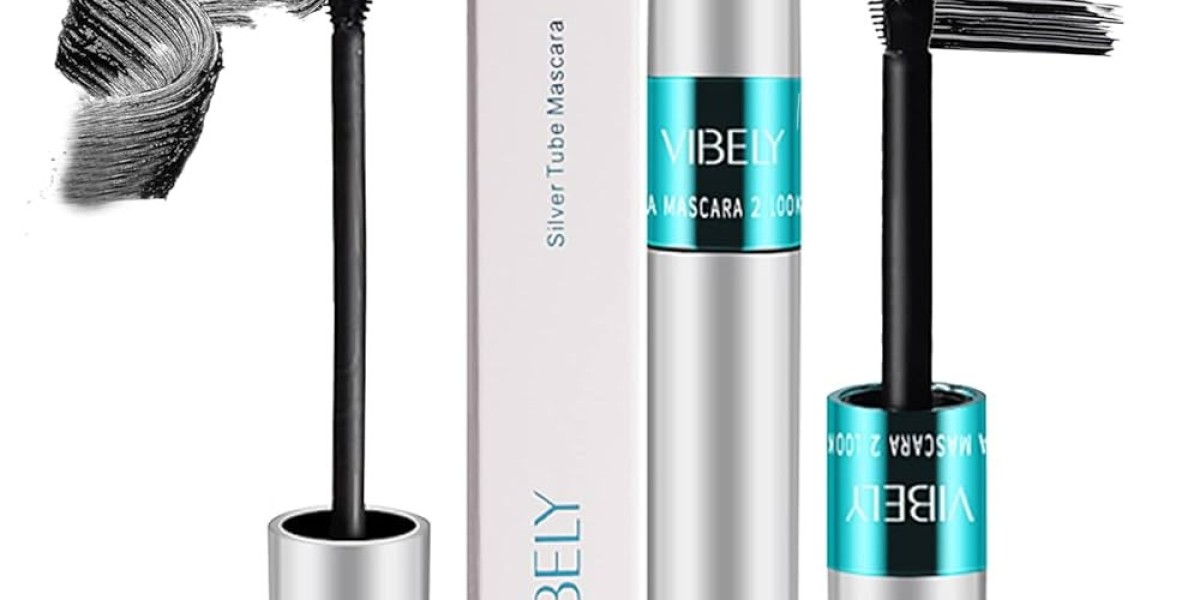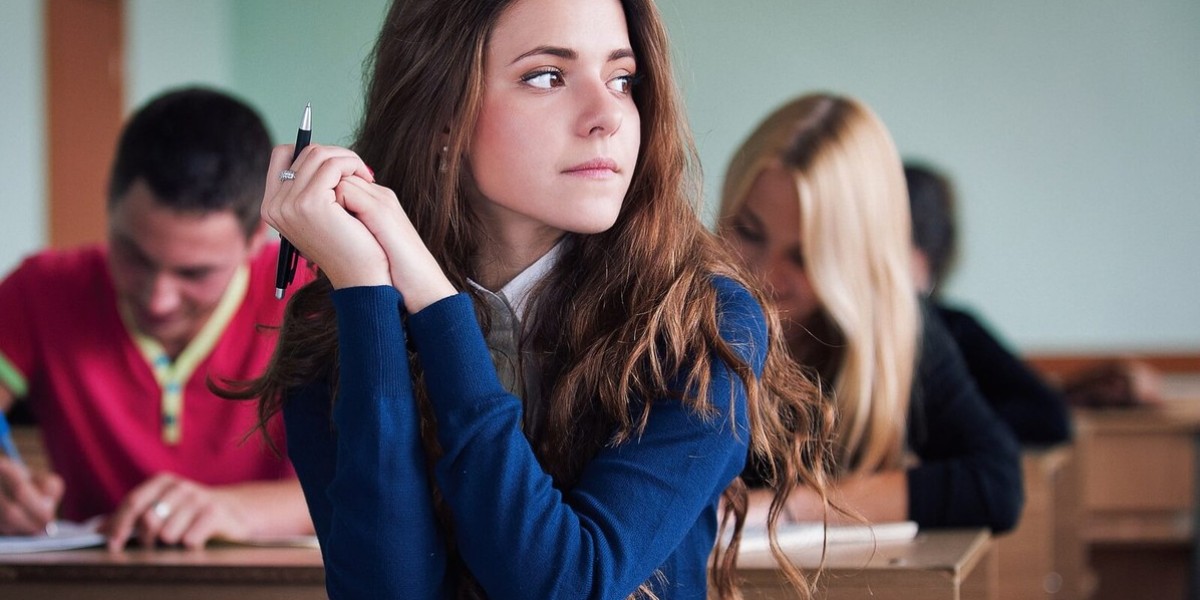Players often develop complex feelings towards their favorite games, oscillating between admiration and frustration. In the case of Clash Royale, this duality is especially evident. The game’s strategic depth keeps fans engaged, yet ongoing balance issues fuel widespread discontent. To cope, the community has embraced humor, creating memes that serve as both catharsis and commentary. Among these, the term “Pigussy” has gained viral traction, symbolizing a shared sense of exasperation. Fans are even jokingly requesting an emote of this meme, highlighting how humor becomes a collective outlet for stress and dissatisfaction.
The “Pigussy” meme functions as a mirror to the community’s grievances, blending satire with genuine critique. It underscores a sentiment that the developers might prioritize social media antics over meaningful game updates. Many players feel that the current balance adjustments do not adequately address the issues they face during battles, leading to a divide in opinions about what changes are necessary. The meme’s popularity exemplifies how culture and community feedback intertwine, turning frustration into a humorous protest.
Emotes in Clash Royale are more than simple expressions—they can become tools of psychological warfare. The “Pigussy” emote, along with others like the pig laugh or yawn, often gets labeled as “toxic” by players. When used during tense moments, these animations can feel less like playful banter and more like personal attacks. This dynamic adds an extra layer of intensity to matches, transforming friendly competition into a test of emotional resilience. Such interactions shape the game’s social atmosphere, fostering a culture where humor and hostility coexist.
While “Pigussy” dominates current conversations, it’s just one of several emotes associated with toxic play. Classic examples include the “princess yawn,” the “goblin laugh,” and the “hog rider scream.” These animations tend to appear at moments that players find particularly frustrating—such as when facing a formidable deck or losing a match. The shared experience of being mocked by these emotes creates a sense of camaraderie rooted in mutual frustration, much like dark humor in other competitive environments. They serve as a reminder that emotional expression is an intrinsic part of the game’s culture.
The perception of toxicity is highly situational. An emote can be a sign of good-natured ribbing or a gesture of respect between evenly matched opponents. Conversely, it can feel like a low blow if used during a losing streak or an unfavorable matchup. This ambiguity blurs the line between playful teasing and outright provocation. Understanding the context behind an emote is crucial, as it influences how players interpret interactions—either fostering community bonds or inciting conflict.
The rise of “Pigussy” as a meme illustrates how humor functions as a coping mechanism amidst ongoing frustrations. Discussions on platforms like Reddit reveal that many players see the meme as a humorous reflection of the game’s imbalance. It originated from a post joking about Supercell’s apparent focus on meme content rather than game fairness, with users poking fun at the disconnect between social media chatter and actual gameplay improvements. This absurdity allows players to vent their dissatisfaction in a lighthearted way, turning shared grievances into a communal joke.
Such memes help diffuse tension in a community often divided over balance issues. While serious debates about game mechanics persist, humor provides a way to connect without hostility. Many players believe that humor fosters resilience—allowing fans to laugh at their frustrations rather than dwell on them. This approach keeps the community lively and engaged, even when the game’s development feels slow or unresponsive.
However, frustrations with Supercell’s balancing approach remain a common theme. Critics argue that the company’s focus on social media campaigns and meme trends may come at the expense of gameplay integrity. Comments like “the social media team isn’t balancing the game” reflect a belief that development priorities are misaligned. Many players express dissatisfaction with certain overpowered cards or mechanics that seem to favor paying players, further widening the gap between casual and competitive communities.
The financial aspect also plays a significant role in player frustration. Upgrading cards to maximum level can cost upwards of 1.8 million gold—an expense that amounts to hundreds of dollars in real money. This pay-to-win aspect discourages free-to-play users and creates a barrier to competitive success. The pressure to continually spend to stay relevant turns what should be a strategic game into a frustrating financial race, undermining the core appeal of skill-based gameplay.
Clan wars introduce another layer of contention. Players cherish the freedom to craft unique decks, but modes like “rage battle” or “touchdown” often force players into pre-set, unchangeable configurations. This restriction diminishes strategic control, making success feel more dependent on luck than skill. Such limitations frustrate players who enjoy customizing their playstyle, turning what should be a creative outlet into a frustrating guessing game.
Over-nerfing is a recurring problem for Clash Royale. When developers aggressively weaken overpowered cards, players who invested heavily in those cards see their efforts nullified. This cycle of frequent adjustments erodes trust, as players feel their investments are undervalued or discarded without adequate notice. Past experiences with similar balancing issues in other Supercell titles, like Brawl Stars, serve as cautionary tales—highlighting the importance of transparency and moderation in updates.
The “Omega Box” fiasco in Brawl Stars exemplifies how overhyped features can lead to disappointment. Despite heavy promotion, their rewards often fall short of expectations, leaving players feeling misled. Clash Royale’s meme culture, including “Pigussy,” mirrors this pattern—initial excitement overshadowed by unresolved core issues. While memes can energize a community, they shouldn’t distract from addressing fundamental gameplay flaws.
Opinions about the game’s balance vary widely among players. Some believe the current state is acceptable, citing recent updates that have stabilized gameplay. Others argue that certain cards remain too powerful or weak, and that more consistent balancing is needed. The community’s overall sentiment is mixed, reflecting an ongoing debate about whether Supercell’s adjustments are sufficient or if more drastic measures are required to restore fairness and competitiveness.Players often express contrasting opinions about the game’s balance, with some highlighting certain cards like P.E.K.K.A as problematic, reflecting how dominant strategies can overshadow diverse tactics. This diversity of thought underscores the ongoing struggle to maintain a fair environment where all cards and strategies can coexist. Despite disagreements, a shared enjoyment keeps the community engaged, fostering lively debates alongside moments of humor and camaraderie.
Historically, Clash Royale has experienced memorable phases, such as the “monk phoenix era,” when a particular combination became so overpowering that it defined the meta. During this period, players who didn’t adapt to this dominant strategy found themselves at a disadvantage, illustrating how metas can shape the entire gameplay experience. These phases evoke mixed feelings—frustration for some, nostalgia for others—serving as benchmarks in the game’s evolving history.
When examining card strengths, the phoenix stands out as a resilient example. Despite multiple nerfs, its core mechanics still make it a formidable presence, demonstrating that some cards possess intrinsic power that simple stat adjustments cannot fully diminish. Similarly, discussions around utility cards like the Log versus the Barbarian Barrel reveal how versatility and strategic flexibility often outweigh raw power, influencing deck building and gameplay dynamics.
Interestingly, some community members believe that a “busted” meta, while seemingly problematic, can actually enhance fun. Overpowered strategies can create chaotic, unpredictable matches that lower the barrier for entry and promote a collective sense of absurdity. Such periods foster community bonding through shared memes and hilarious gameplay moments, reminding us that humor often plays a vital role in player engagement.
Behind the scenes, development insights reveal that Supercell once toyed with adding a “curse” mechanic—an innovative but ultimately discarded feature. The decision highlights the constant balancing act between innovation and maintaining a smooth, accessible experience. Many features and ideas remain on the cutting room floor, emphasizing the developers’ cautious approach to introducing complex mechanics that could disrupt gameplay harmony.
A notable aspect of the community culture is the humorous embrace of memes like “Pigussy,” which originated as a playful social media joke. These memes serve as outlets for players to vent frustrations about perceived neglect or imbalance, turning shared humor into a bonding experience. The use of such memes underscores how humor helps diffuse tension and maintain a positive community atmosphere, even amid ongoing debates.
The game’s reward system also draws criticism, with many long-term players feeling that chest rewards have become less meaningful over time. Nostalgia for earlier, more rewarding features—such as the “TV2 layout” that allowed players to see teammates’ decks—remains strong. When new updates seem to offer diminished value, players often react with disappointment, longing for the days when small victories felt more impactful.
Community members often find amusement in glitches like the “mirror balloon,” turning bugs into entertainment rather than frustrations. These quirks create inside jokes that strengthen community bonds, illustrating how players can find joy even in unintended game behaviors. Such moments of chaos and unpredictability add to the game’s charm, fostering a culture that celebrates spontaneity.
A recurring concern involves the cycle of overpowered cards being nerfed into irrelevance, only to be replaced by new problematic mechanics. This pattern frustrates players who invest time and resources into leveling up favored cards, feeling their efforts are undervalued. Additionally, nostalgia for features that have been removed over the years fuels community conversations, with many hoping for a future that respects past innovations while balancing new ones.
Regarding the “Pigussy” meme, it’s a playful mashup that gained popularity on social media, symbolizing the community’s humorous critique of Supercell’s focus on meme culture over game balance. While the emote itself is unlikely to be officially added—given its edgy connotations—the meme’s popularity highlights the community’s desire for developers to acknowledge their humor and frustrations. Emotes like the pig laugh are more than just cosmetic; they can impact psychological gameplay, especially when timed to provoke or tease opponents during matches.
In summary, humor, balance debates, and nostalgia intertwine within the Clash Royale community. Memes serve as both entertainment and subtle critique, providing a voice for frustrations about rewards, balance, and game evolution. Despite ongoing disagreements, the community’s resilience and shared humor ensure that the game remains a lively, dynamic space where fun often rises above frustration.Emotes serve as powerful tools in Clash Royale, transforming the way players communicate during battles. Their significance hinges heavily on the situation, with a single pig laugh capable of conveying friendliness or provoking frustration. This subtle form of psychological play can influence opponents' mindset, turning a simple gesture into a strategic advantage.
Top Up Brawl Stars Gems on LootBar.gg
If players are looking to top up brawl stars gems , they may want to consider using the lootbar game trading platform for a seamless and rewarding experience. lootbar.gg stands out as a trusted and efficient platform, catering to gamers worldwide with a focus on professionalism, security, and user convenience. With support for Brawl Stars and many other popular games, lootbar offers a reliable solution for acquiring in-game currency.
One of the key advantages of purchasing Brawl Stars Gems through lootbar is the competitive brawl stars gems price . The platform frequently provides attractive discounts, with savings that can reach up to 17.3% for certain gem packages. For example, buying larger bundles such as 2000+200 Gems or multiple packs at once can lead to significant savings, making it more affordable for players to enhance their gaming experience. Additionally, lootbar regularly holds promotions, further lowering the cost and providing exceptional value for every purchase.
Beyond pricing, lootbar.gg ensures a smooth transaction process with a variety of secure payment methods and 24/7 online customer support. This round-the-clock assistance ensures that players can resolve any queries or issues at any time, creating a worry-free environment for buying Brawl Stars Gems. With its global reach, professional service, and strong emphasis on customer satisfaction, lootbar is an excellent choice for any player seeking the best deals and convenience when topping up their Brawl Stars Gems.
How to Top Up Brawl Stars on LootBar.gg
To complete a brawl stars gems top up on the LootBar trading platform, begin by visiting the official LootBar website and selecting your preferred language and currency. After logging in, navigate to the top-up section and choose Brawl Stars as the game for which you want to purchase gems. Next, decide on the amount of Brawl Stars Gems you wish to buy and click the “Top-up Now” button to proceed.
Once you’ve made your selection, you’ll need to specify your game server and then enter your Brawl Stars UID along with your character name. After confirming these details, proceed by clicking the Top-up button, where you’ll be asked to choose a payment method that suits you. Complete the payment process, and your brawl stars gems top up will be credited to your account, allowing you to enjoy premium content and features in the game.
